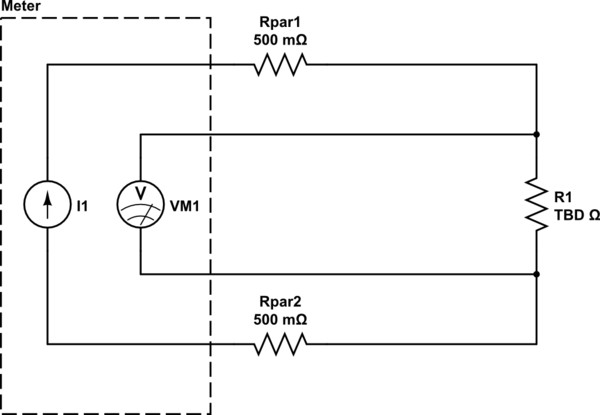A straightforward way of improving the accuracy of a resistance measurement is to use a "4-wire" measurement.
Resistance measurements are done by applying a stimulus current, and measuring the voltage across the resistor. The 4-wire measurement uses separate leads for the stimulus and measurment:

simulate this circuit – Schematic created using CircuitLab
This prevents the parasitic lead resistances (Rpar1 and Rpar2 in the schematic) from being measured as part of the resistor you're trying to measure.
As an example, the Agilent 34401A benchtop multimeter can measure a 1 kOhm resistor with 0.0025% accuracy in 4-wire mode (+/- .025 Ohms), but only with +/- 0.2 Ohms in 2-wire mode.
At 300 Ohms a .025 Ohm error is .008% which seems to be within your actual requirements, even if it doesn't give the number of digits of precision you first stated.
Of course the Wheatstone bridge that you and other answers have mentioned is another option that might be more affordable if you are measuring a limited range of resistor values, or if you are only interested in binning resistors for equal values rather than knowing the actual exact values.

